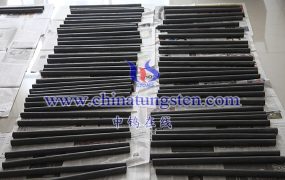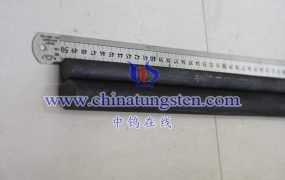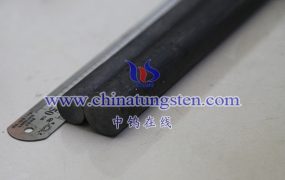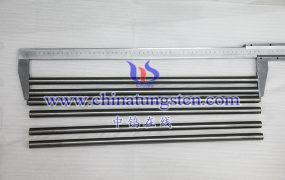TZM alloy rods and molybdenum-tungsten alloy rods are two different alloy materials, and they have some differences in composition, properties and applications. Here are the main differences between them:
Composition: TZM alloy rods are mainly composed of molybdenum (Mo), titanium (Ti) and zirconium (Zr), among which molybdenum has the highest content. The molybdenum-tungsten alloy rod is composed of molybdenum (Mo) and tungsten (W), and the content of molybdenum and tungsten is relatively balanced.
Strength and hardness: Due to the difference in composition, TZM alloy rods are relatively high in strength and hardness, and have excellent mechanical properties. The strength and hardness of molybdenum-tungsten alloy rods are relatively low.
Melting point: The melting point of TZM alloy rod is about 2610°C, while that of molybdenum-tungsten alloy rod is about 2950°C. Molybdenum-tungsten alloy has a higher melting point, which makes it have better thermal stability in high temperature environment.
Thermal conductivity: Due to the addition of tungsten, molybdenum-tungsten alloy rods have better thermal conductivity and can transfer heat effectively. In contrast, the thermal conductivity of TZM alloy rods is relatively low.
Corrosion resistance: Both TZM alloy rods and molybdenum-tungsten alloy rods have certain corrosion resistance, but the specific corrosion resistance may be affected by composition and environment.
Application fields: TZM alloy rods are often used in high-temperature structural parts and components in aerospace, nuclear energy, chemical and other fields. Molybdenum-tungsten alloy rods are often used in electronic devices, vacuum equipment, high-temperature furnaces, etc.
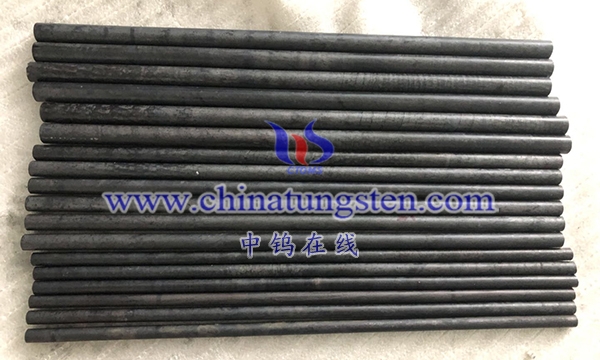
More details of molybdenum or molybdenum alloy products, please visit website: http://molybdenum-alloy.com/index.html
Please contact CHINATUNGSTEN for inquiry and order of molybdenum alloy products:
Email: sales@chinatungsten.com
Tel.: +86 592 5129595


